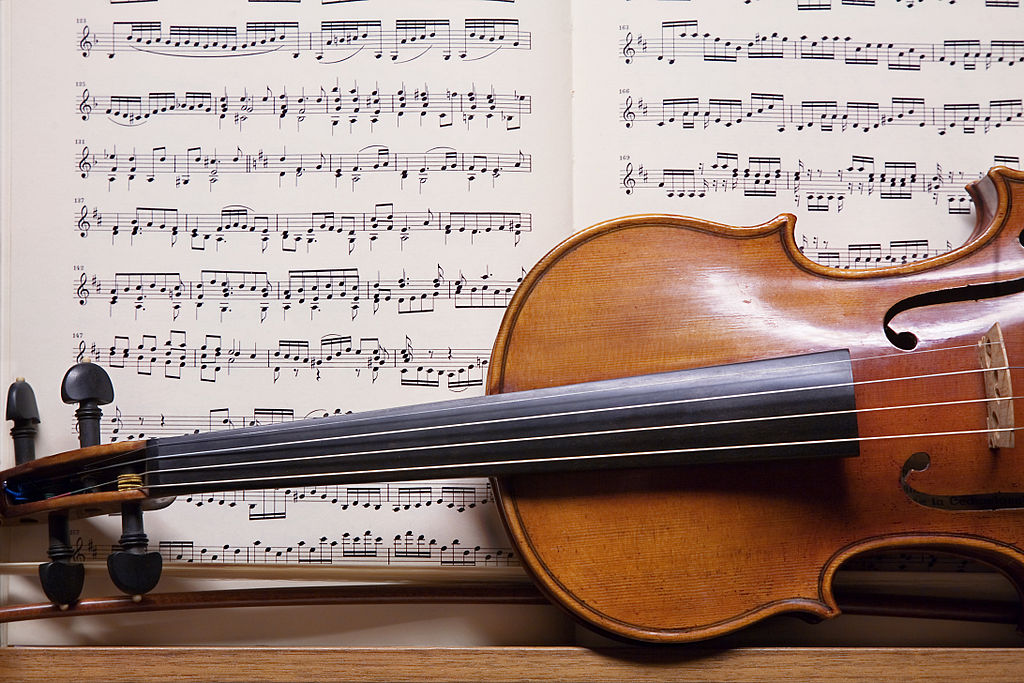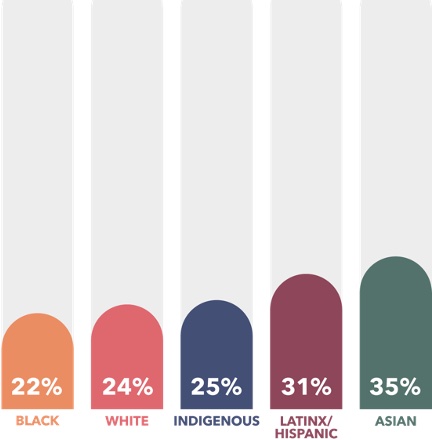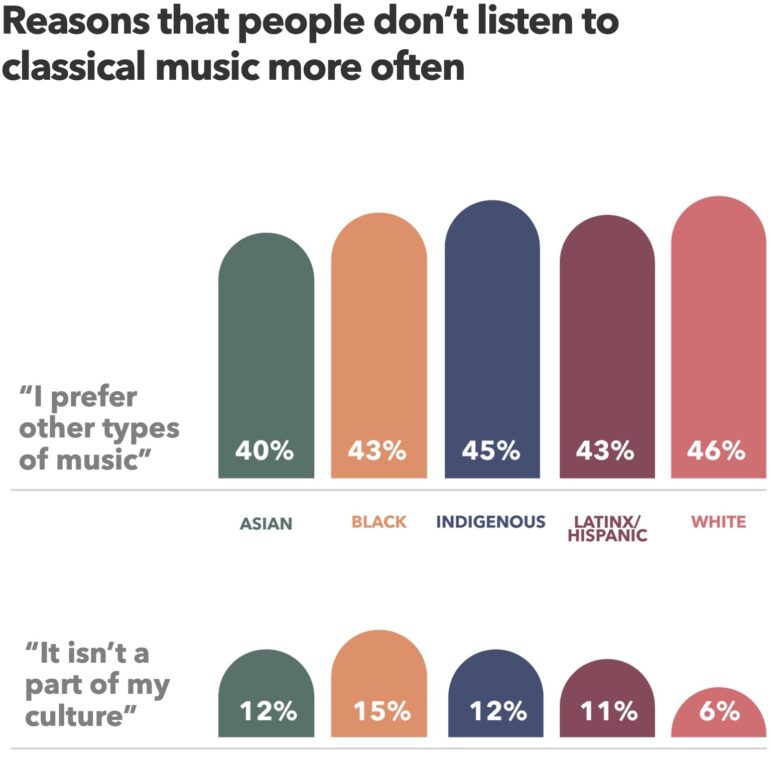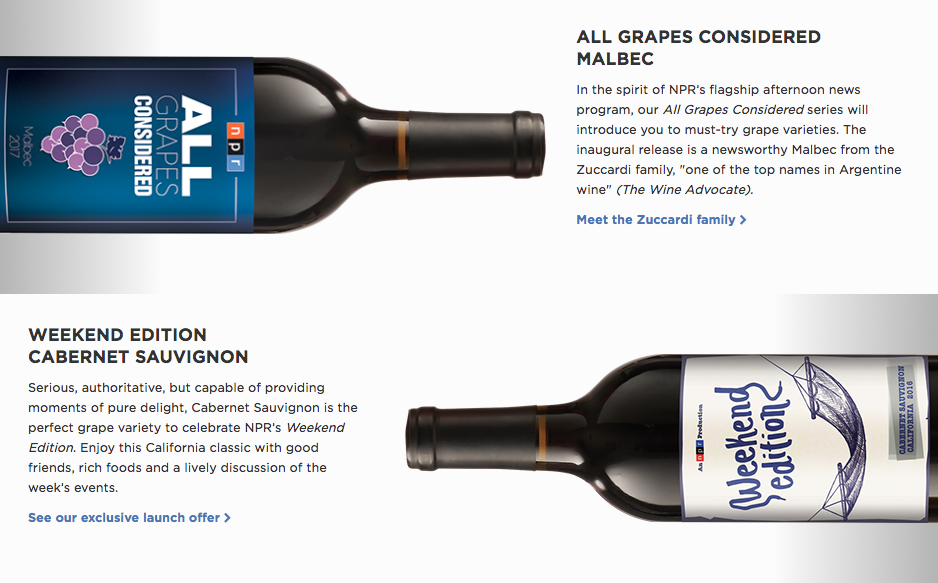Study suggests a way forward in serving diverse audiences with classical music

Jorge Royan / Wikimedia Commons
In the fall of 2019, my Classical KING colleagues and I began a strategic planning process by interviewing more than a hundred people living in Seattle and the Puget Sound region. We asked them about the community we share, the arts in their lives, and Classical KING. Among other things, we heard loud and clear that community members expected our station — and all arts organizations in the region — to demonstrate a commitment to equity, starting with diversifying our audience.
The existing data didn’t really help us work toward that goal, since Nielsen ethnicity statistics are limited to Black, Hispanic and “Other.” So I decided to commission a local-plus-national research project to help Classical KING and other public media organizations learn more about the relationship that Black and Indigenous people and people of color in the U.S. have with classical music.
Respected colleagues Bill Johnson, GM of WRTI in Philadelphia; Ed Yim, senior VP and CCO, WQXR in New York City; and Brad Ferguson, retired GM of KUCO in Oklahoma City, Okla., agreed to be part of the research team, with Slover Linett as our research partner.
A wealth of information in the report can guide us all as we work toward equity. First, we don’t have to create new audiences. A diverse audience for classical music already exists. Our study found that Asian, Black, Indigenous, Latinx/Hispanic and white people listen to classical music at relatively similar rates. Classical music isn’t just for white people, contrary to what many people believe.
People across racial and ethnic groups listen to classical with a relatively similar frequency.

A diverse audience for classical music is already there.
Furthermore, few people of any racial or ethnic background feel a cultural barrier to their enjoyment of classical music. For most people of color, the barrier isn’t that they don’t see classical music as part of their culture. What keeps them from listening to classical music more frequently is that they prefer other genres of music, or they listen to classical music only when it fits a specific mood or activity.

Our challenge is clearly competitive, not cultural. But the competitive challenge is real, especially when we consider age. Our survey found that classical listeners of all ethnicities are listening to music on YouTube, Spotify and other digital platforms twice a week or more, and the percentages are higher for those under 40.

Clearly, the path to diversifying audiences for our organizations involves a robust digital strategy in addition to making our radio programming welcoming to listeners from all backgrounds and ethnicities. Classical KING will use the methodology and process we learned in the CPB-funded Digital Transformation Program, led by the Poynter Institute, creating a series of shorter-term experiments with clear strategies, tactics and metrics to start serving listeners under 40 on the platforms they use most often.
You can read the full report here. Please download it and share with anyone interested.
Classical music and the arts have a long history of exclusion born from racism. While it’s painful to acknowledge the history, that history is not deterring people of all ethnicities from connecting with the music. Our task is to ensure that all feel welcomed by our stations and that we find innovative ways to serve those who use other platforms for music discovery.
Brenda Barnes has worked in public radio for 37 years. Her passion for expanding audiences for classical music led her to public radio, which is free, easily accessible and a critical driver of audience development for the field. She has degrees in music from the University of North Carolina, Michigan State University and the University of Notre Dame, and a Doctor of Planning and Development Studies degree from the University of Southern California. Brenda has served on numerous boards within and outside of public radio, including National Public Radio, the Los Angeles High School of the Arts, and the Station Resource Group. She received the Public Radio Visionary Award from the Public Media Company in 2013.







